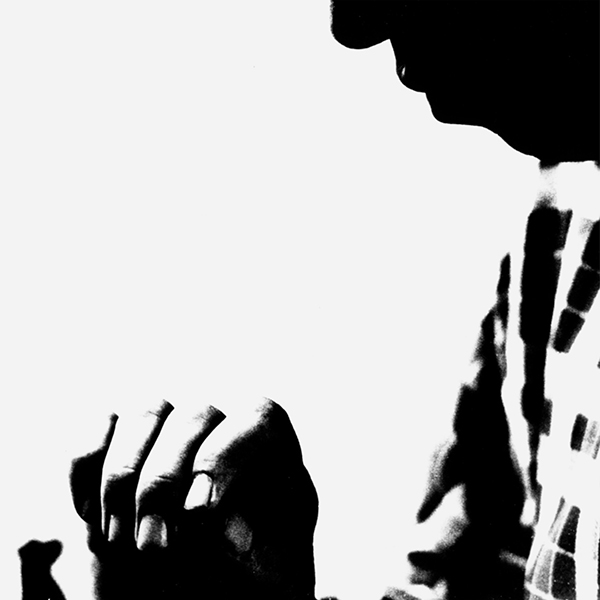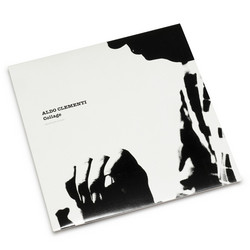Aldo Clementi
Over the course of nearly three decades of activity, the Italian imprint, Alga Marghen, has continuously cast light into the shadows of historical sound practice, offering particular focus to underappreciated artefacts at the juncture of visual art, sound-art, experimental music, and sound-poetry. With each subsequent release, the label has helped to reform our understanding of 20th Century, and the voices that made it what it was. Over the years, they’ve brought forth an unprecedented range of early and archival material by seminal composers like Charlemagne Palestine, Walter Marchetti, Philip Corner, Henri Chopin, Robert Ashley, David Behrman, Max Neuhaus, Éliane Radigue, and numerous others. Further this mission, their latest, Aldo Clementi's “Collage”, presents some of the most extreme musics ever issued by the label, at the same level as Robert Ashley's “Wolfman”, Max Neuhaus' “Fontana-Mix Feed” or Philip Corner's “Oracle”. Representing an entirely singular sound and approach to tape music that was unique to Clementi alone, once again Alga Marghen has cracked it wide open and rewritten our understanding of the history of sound.
Born in 1925 in Catania, Sicily, Aldo Clementi began his piano studies at the age of thirteen, for which he immediately showed great promise. Three short years later, in 1941, he embarked upon the study of composition under Alfredo Sangiorgi (a student of Arnold Schoenberg) who introduced him to the twelve-tone technique, leading to his attendance of the Rome Conservatory and Darmstadt. In 1956, Clementi met the Italian-born, German conductor, composer, and teacher, Bruno Maderna, attending the Studio of Phonology in Milan - the electronic music studio (RAI) founded by Maderna and Luciano Berio in 1955 - which instigated a decisive turning point in his career and work. It was there that he composed two key works in electronic music - “Collage 2” (1960) and “Collage 3 (Dies Irae)” (1967), issued here by Alga Marghen for the first time.
While Clementi would become primarily known for pieces, composed for acoustic instruments, that were characterized by a calm, consistent sound, with their materiality rooted in a unity of concept and procedure - lacking highs, lows, and any sense of forward movement - that became almost self-generative, closely connected to the approaches of Pittura Informale, his early endeavors in electronics and tape music remain among his most important works. Despite having only rarely been encountered since, in 1961 “Collage 2” was presented at the Accademia Filarmonica Romana in Rome, and subsequently won the International Society for Contemporary Music’s prestigious competition that year.
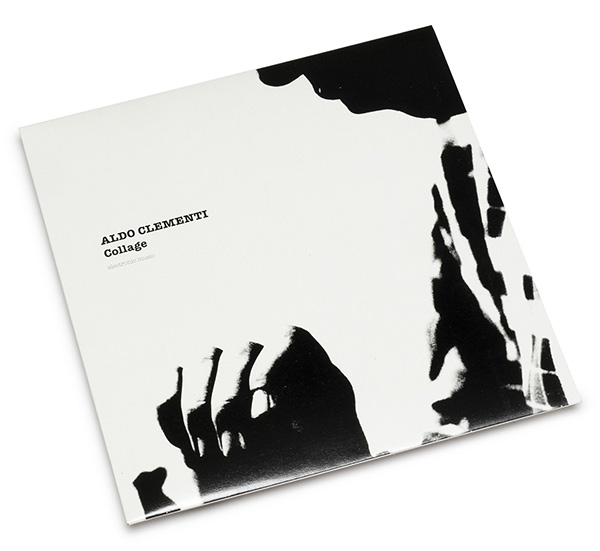
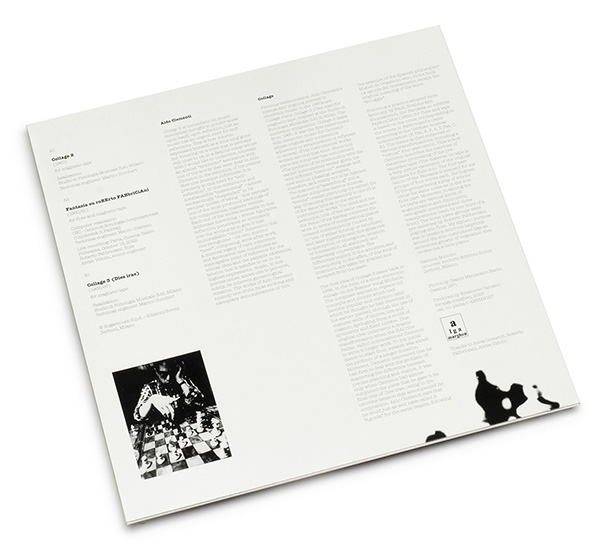
Realized at the Studio di Fonologia Musicale RAI in Milan in 1960, employing the technical collaboration of Marino Zuccheri, Aldo Clementi’s “Collage 2” was the composer’s first experiment with electronic music, about which he explained: “The title and the technique, both of the same name, are the result of my having conceived the work in terms of compositional planes created independently and later superimposed; this gives rise to absorption or emergence, intersection or isolation, all absolutely and deliberately unpredictable. The difficulties implicit in the acoustics, and consequently in the effect, of this kind of treatment, are taken for granted and accepted from the start”. The result is striking; a bumbling expanse of textures and muted tones that foreshadow (and possibly lay the groundwork for) his subsequent development of techniques that would render the sound, lacking highs, lows, and any sense of forward movement, for which he would become famed, illuminating a far more pointed and arguably aggressive sense of pop possibility for the conceptual framework.
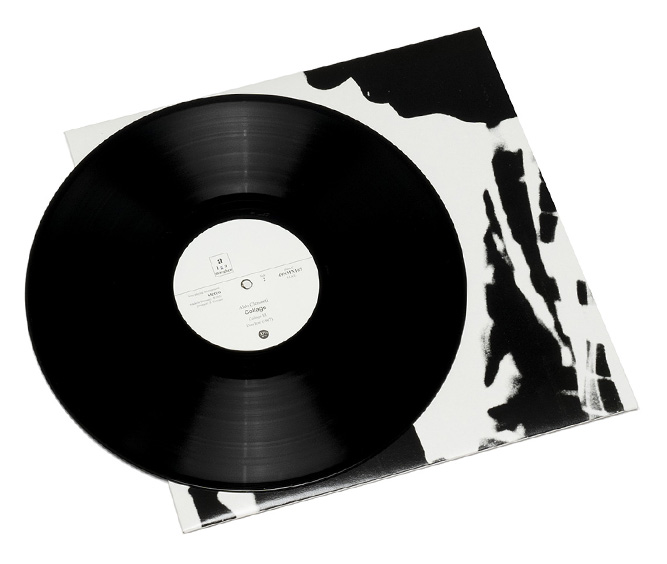
Conceived in 1966 as an electronic collage of the Beatles’ song “Michelle”, and realized the following year, also at Studio di Fonologia Musicale RAI in Milan, with the technical collaboration of Marino Zuccheri, in from a markedly different root, “Collage 3” encounters Clementi endeavoring to replace old concepts and clichés through the use of “natural wells of timbre, live and organic, springing from a world of symmetry and fixed blocks”. The outcome, while clearly a work of sound collage, renders the composer’s source material virtually unrecognizable in a swirling, shattered expanse, the extreme tension of which compelled Clementi to add the words “Dies irae” ("the Day of Wrath”) to the title, in a strange and fascinating reference to the idiom of Requiem Mass.
The final piece on Alga Marghen’s “Collage” LP is “Fantasia su roBErto FABbriCiAni”, composed by Clementi in 1982, and thus offering a fascinating counterpoint to its predecessors, establishing a point of contact between his early electronic pieces and more well know acoustic works, and illuminating the enduring engagement with electronic process that stretched across his career. Composed for flute and magnetic tape, the piece is based on the notes corresponding to the letters in Fabbriciani’s name according to the German musical nomenclature (B flat, E, F, A, B flat, C, A). Describing the ideas at the root of the work, Clementi stated: “My stylistic purpose was to create a delirious labyrinth around the solo instrument like an enormous growth of vegetation that chokes out a little plant…”. The result, rendered here in a brand new realization, recorded live in 2022 by Alvise Vidolin, is a remarkable meeting of conceptual rigor - where the idea is the generative drive - and complex structural notions of composing. Against haunting sheets of dissonant tonality, a flute traces through the notes established by pieces conception, floating above in flirtations with melody that never fully form.
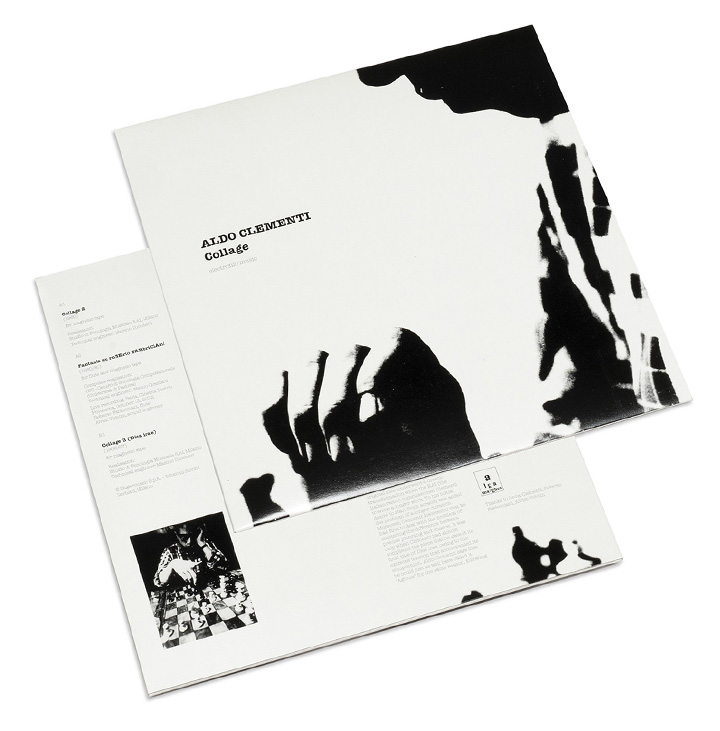
Truly amazing on creative and conceptual terms, and engrossing in its sonorities, Alga Marghen has done an hugely important work with their issue of Aldo Clementi’s “Collage”, illuminating a little-known aspect of his output, and delivering this seminal voice of Italian Modernism to an entirely new generation of listeners. Ten out of ten and impossible to recommend enough.

